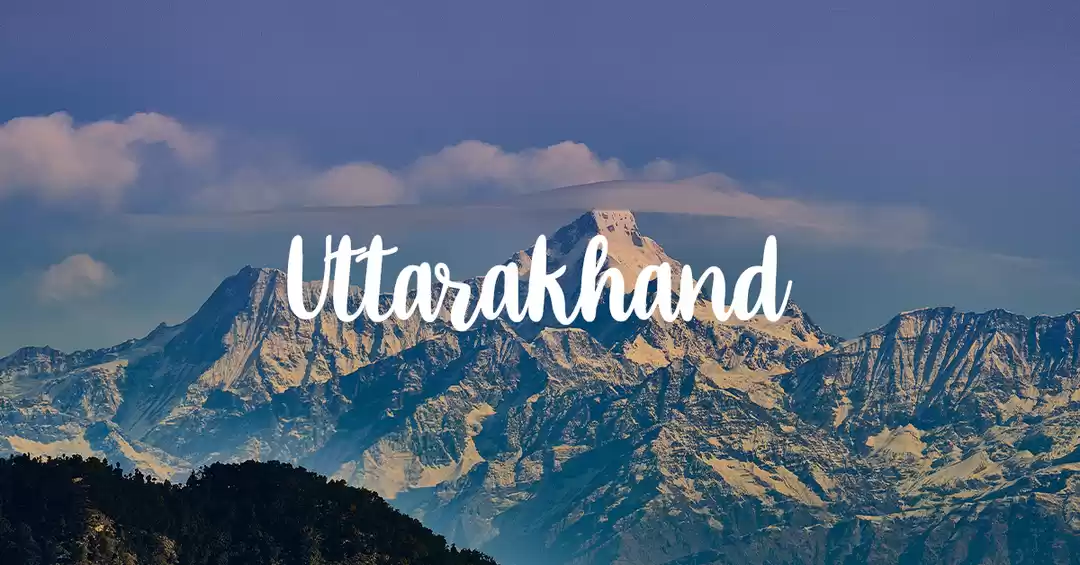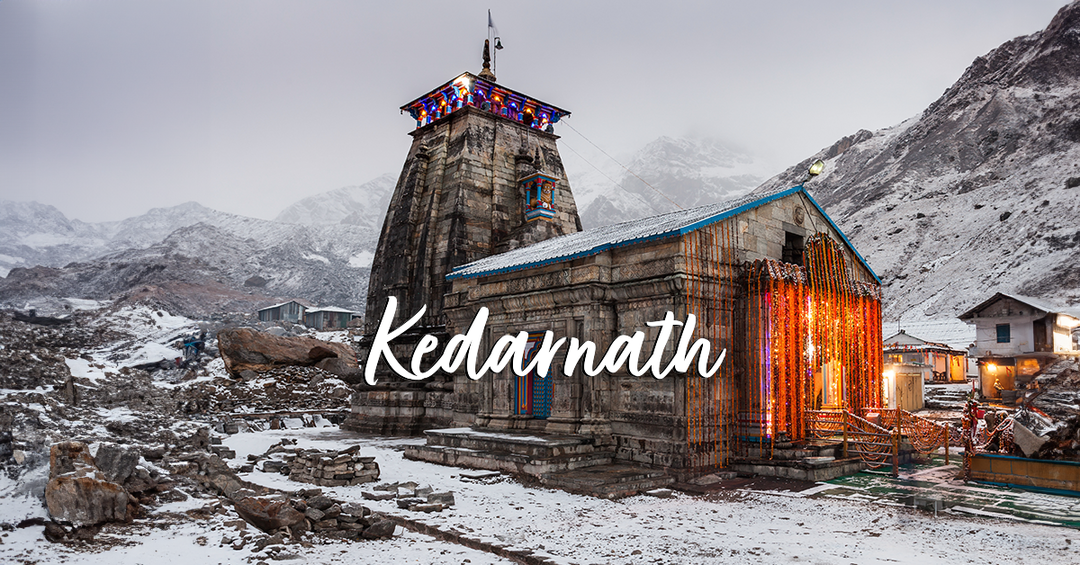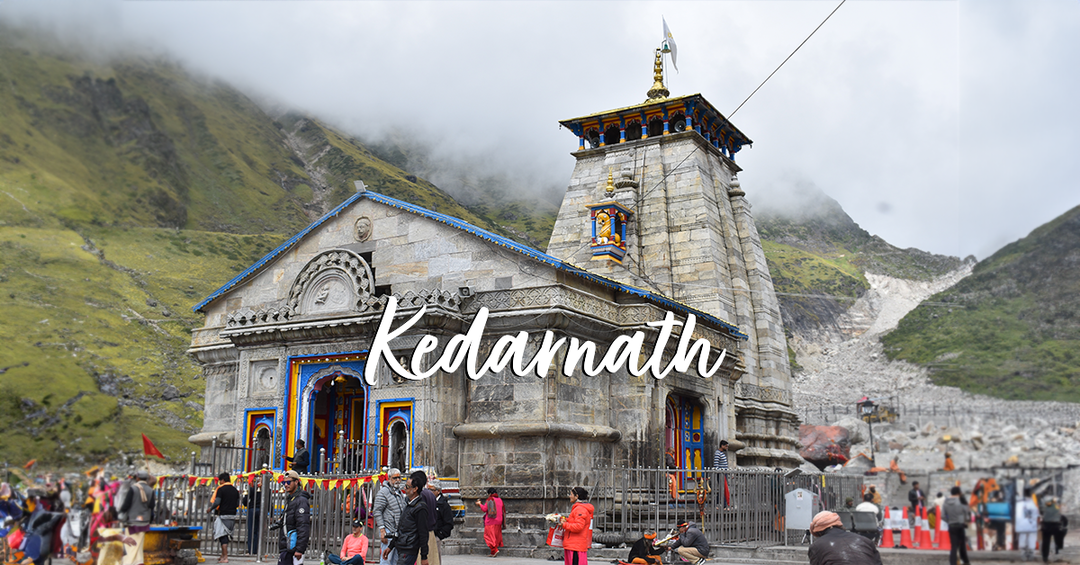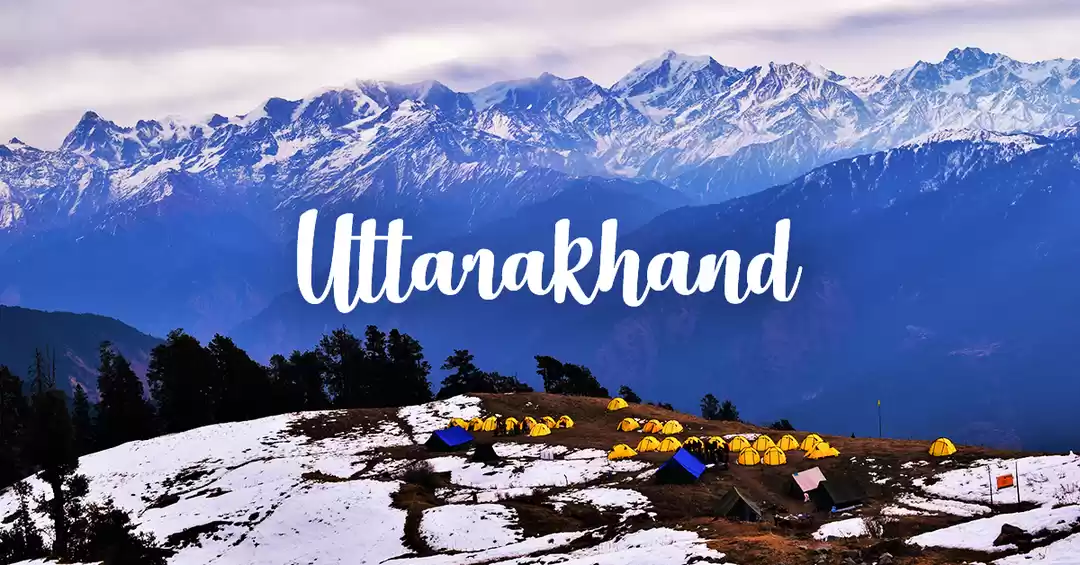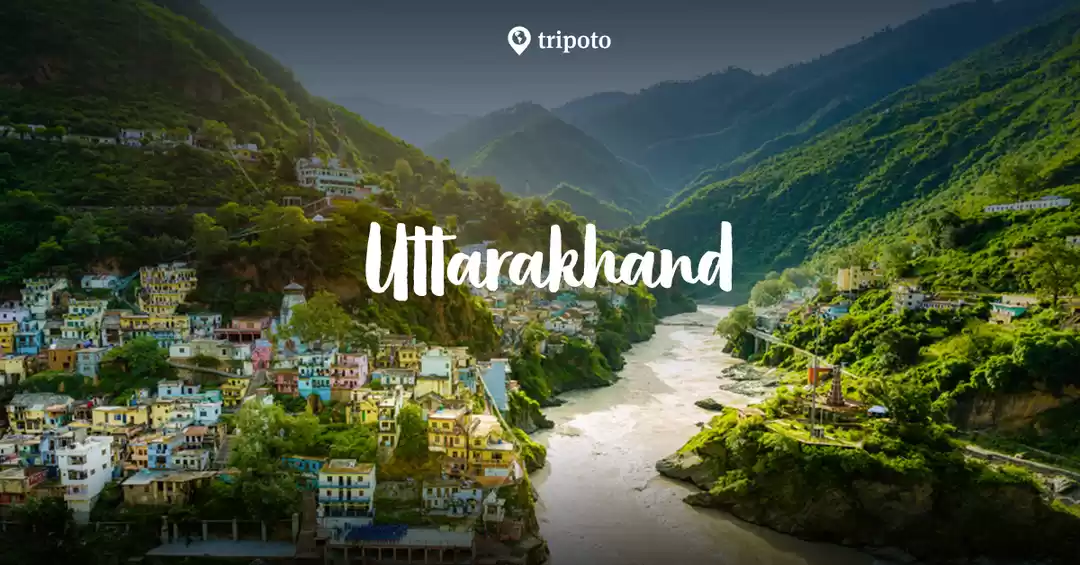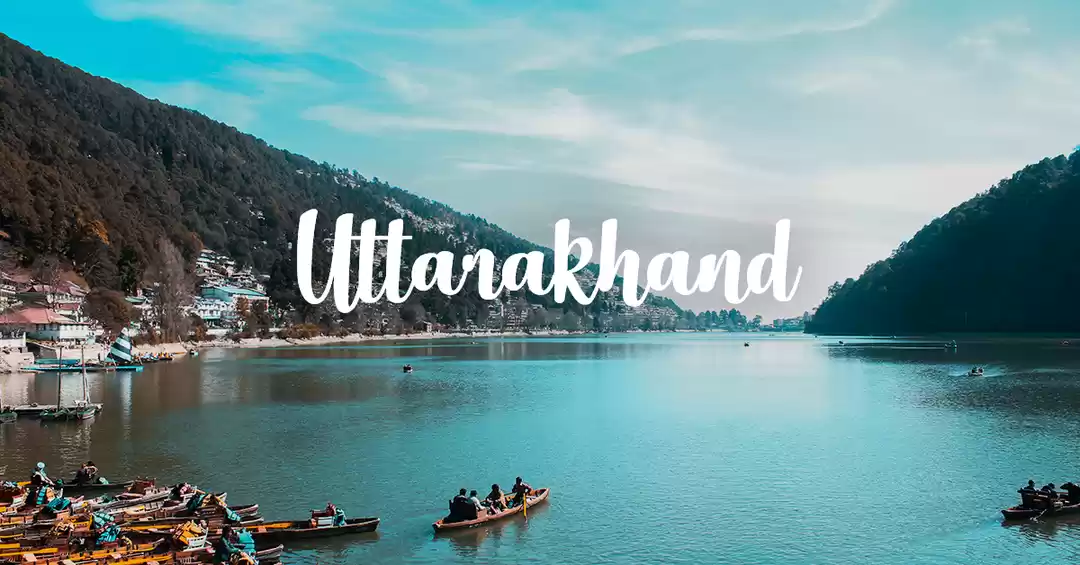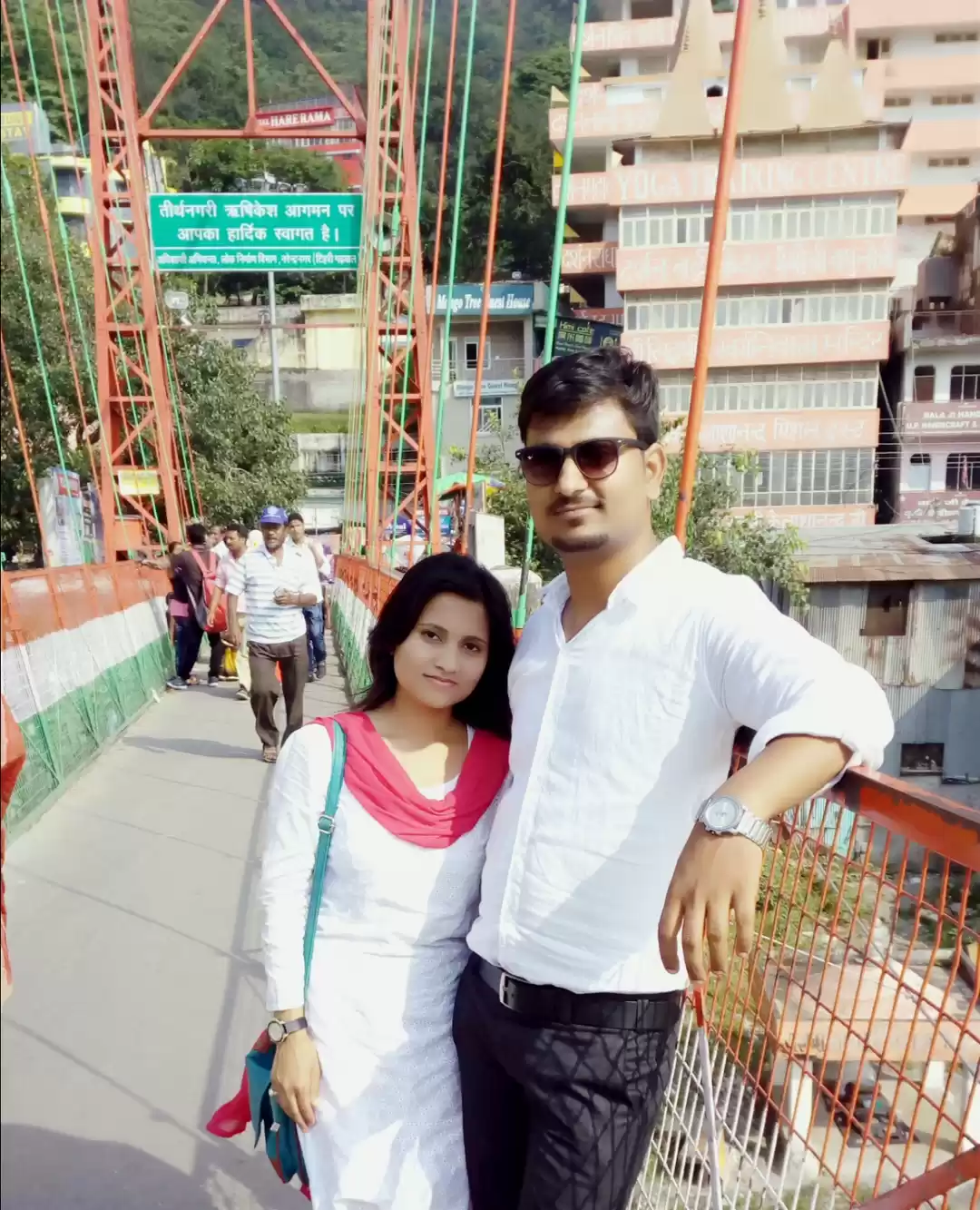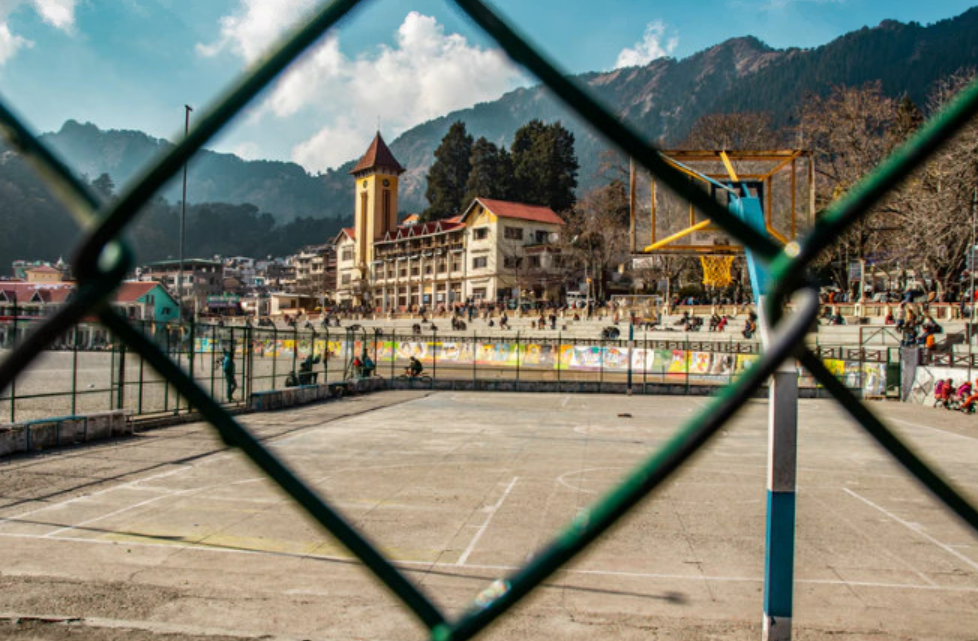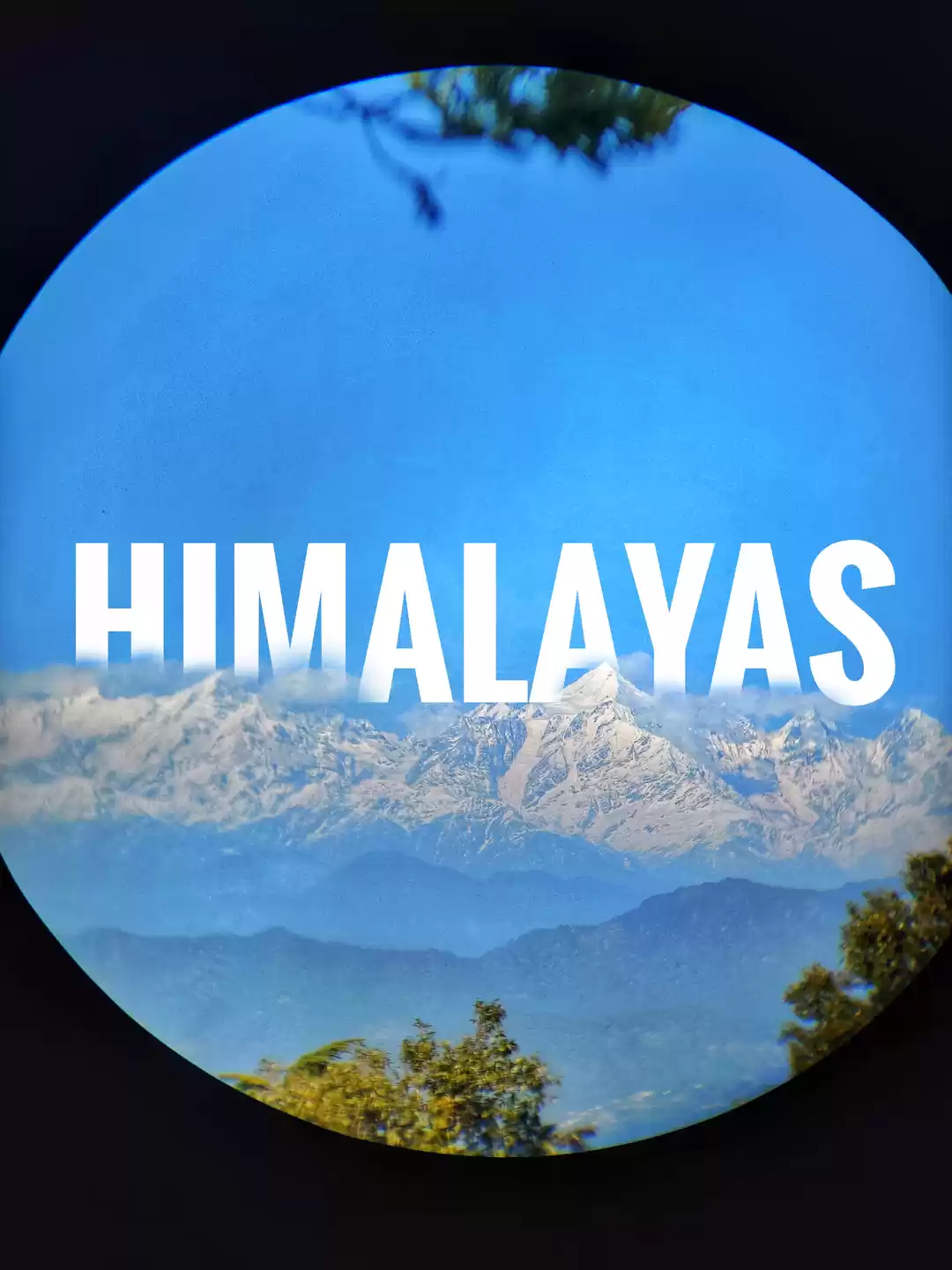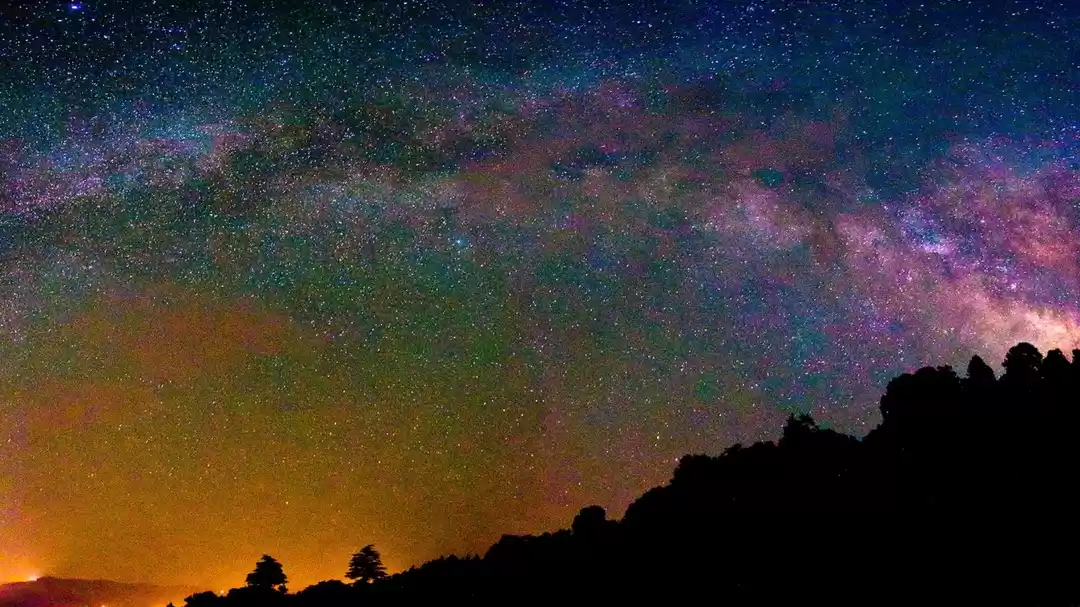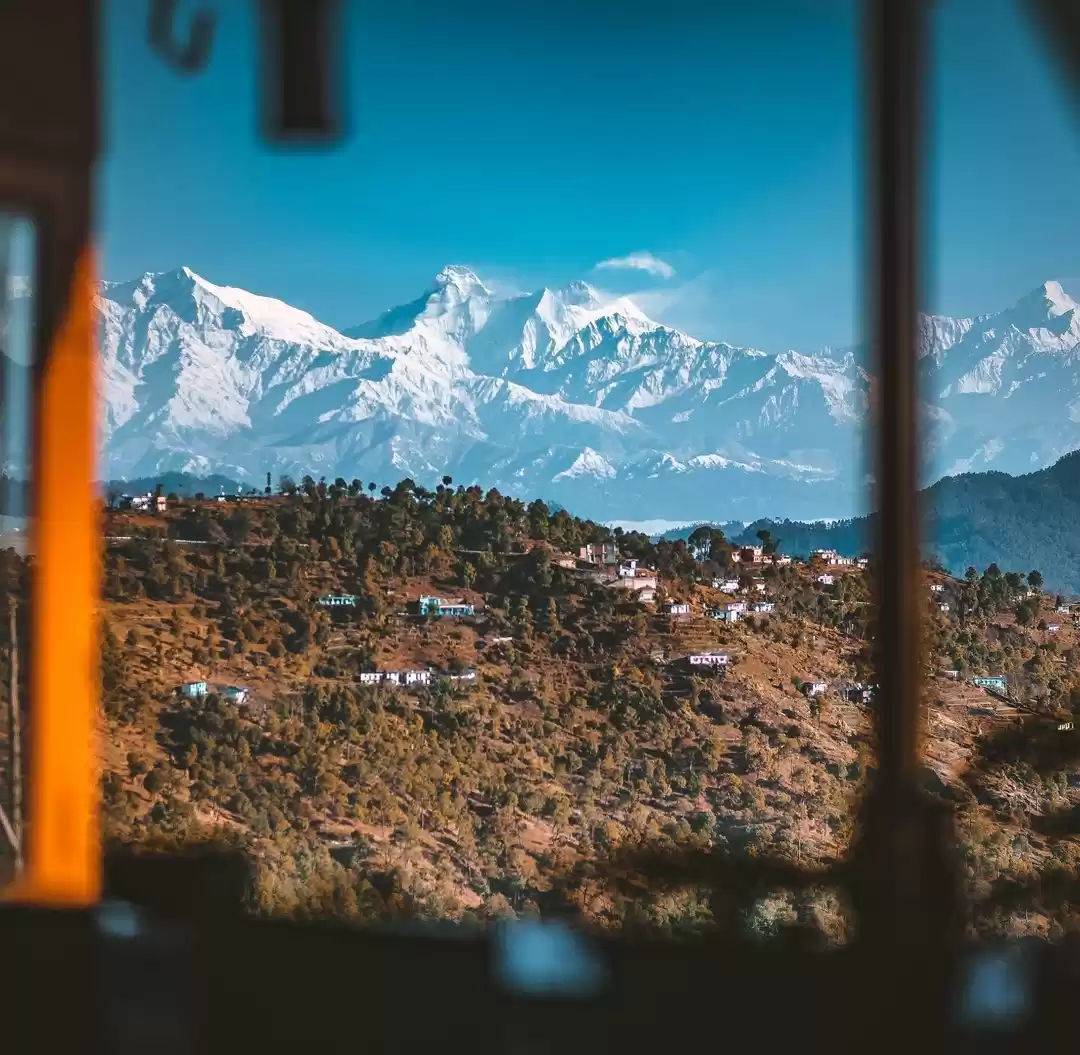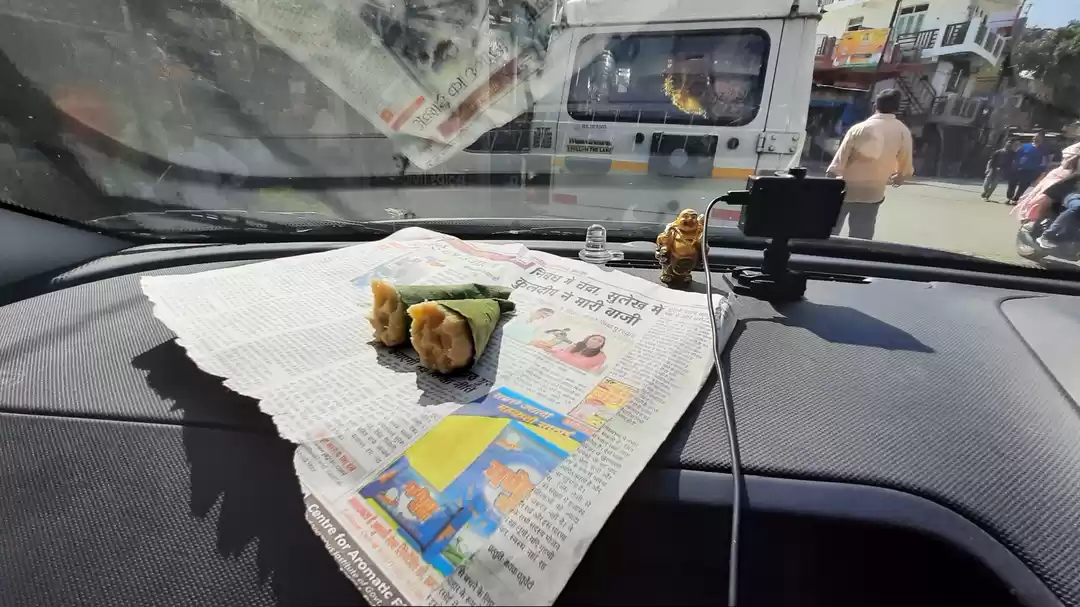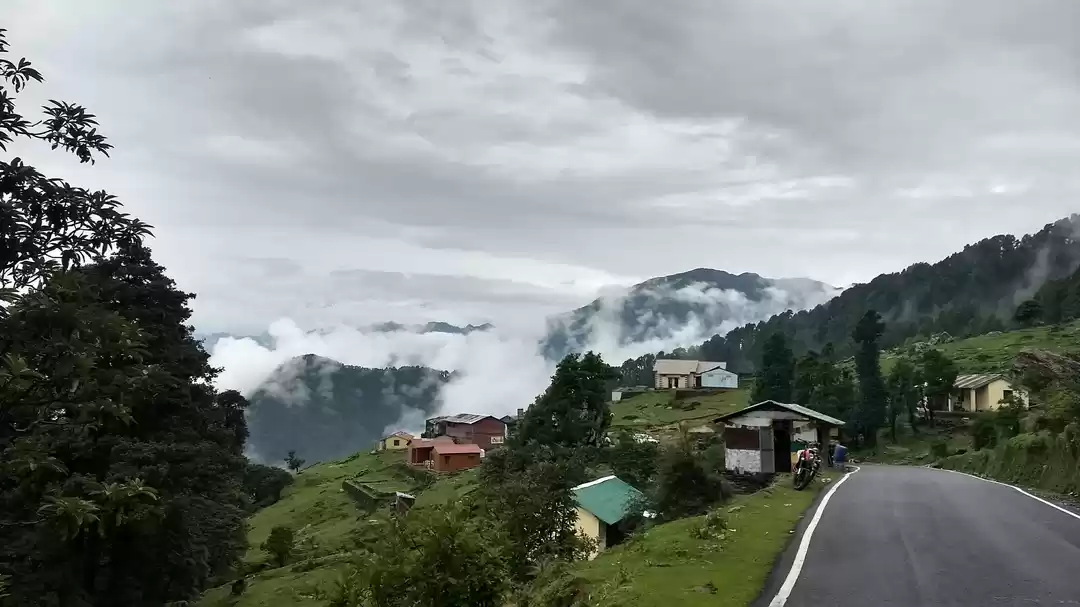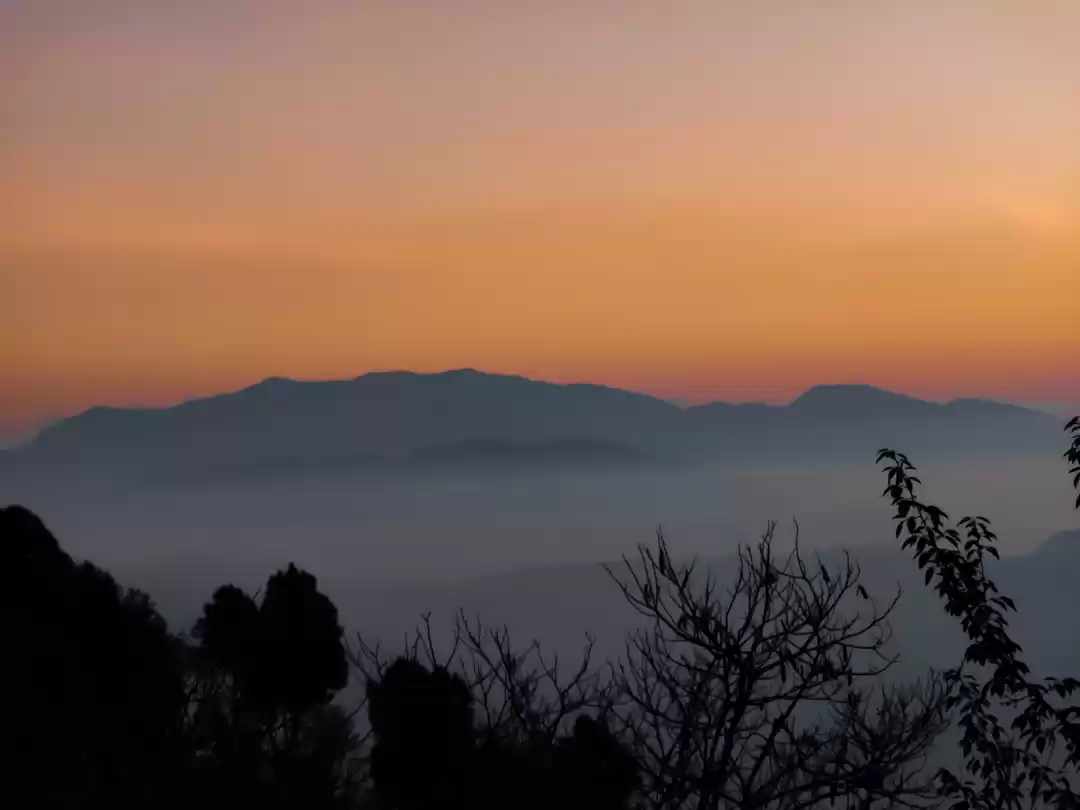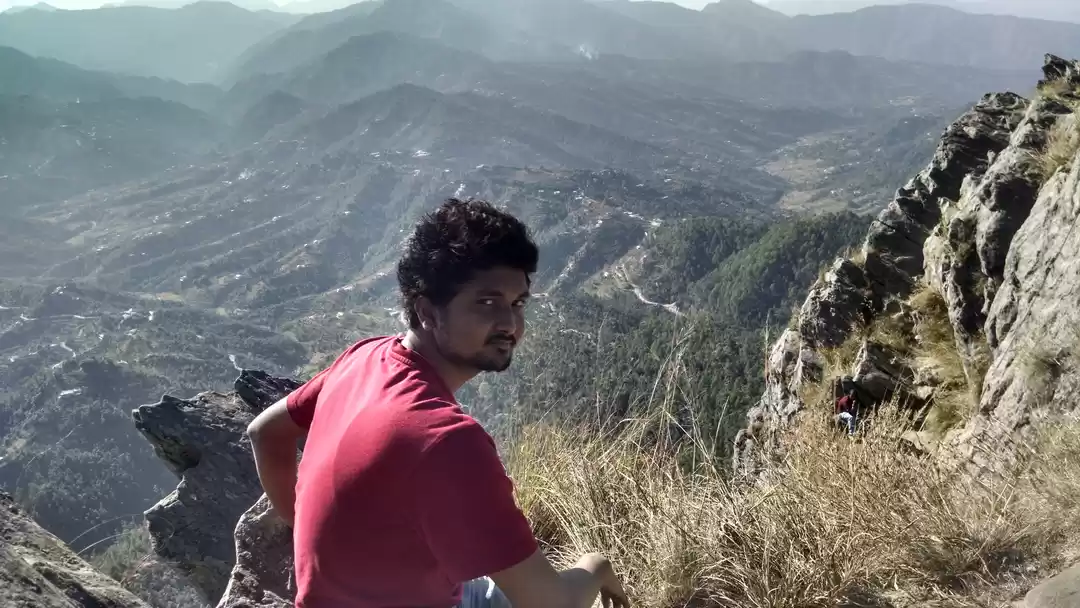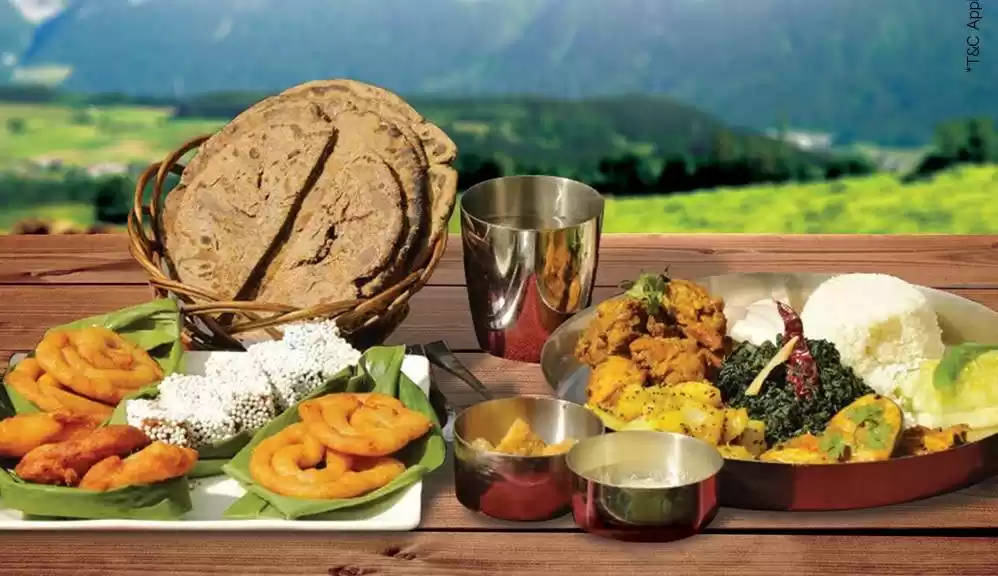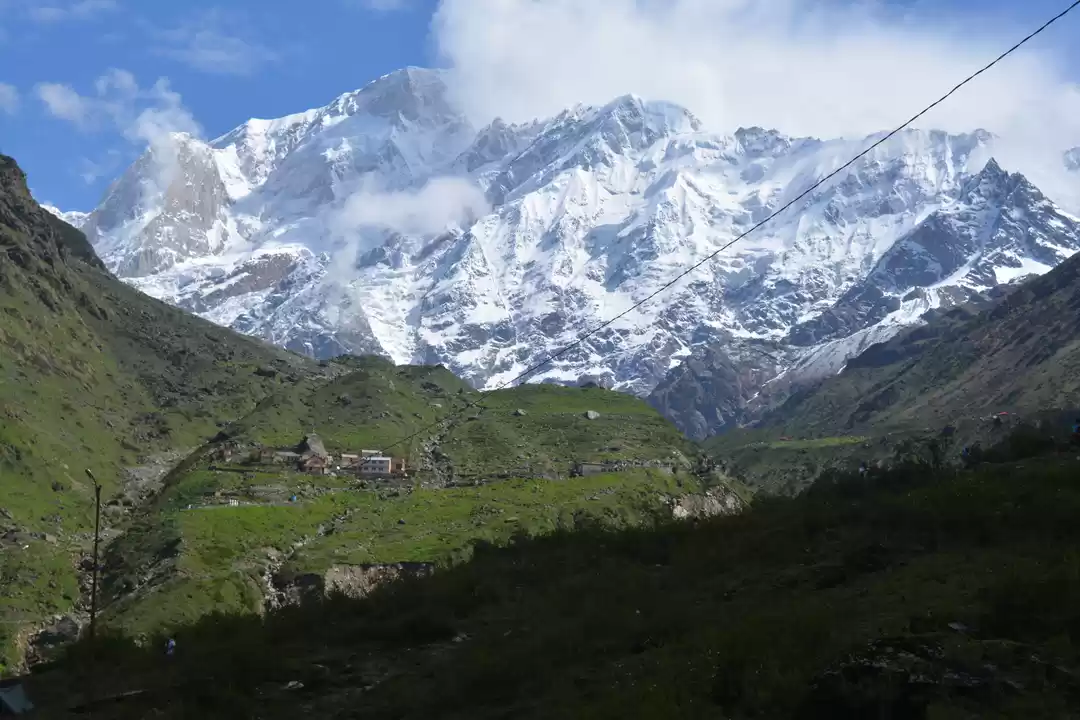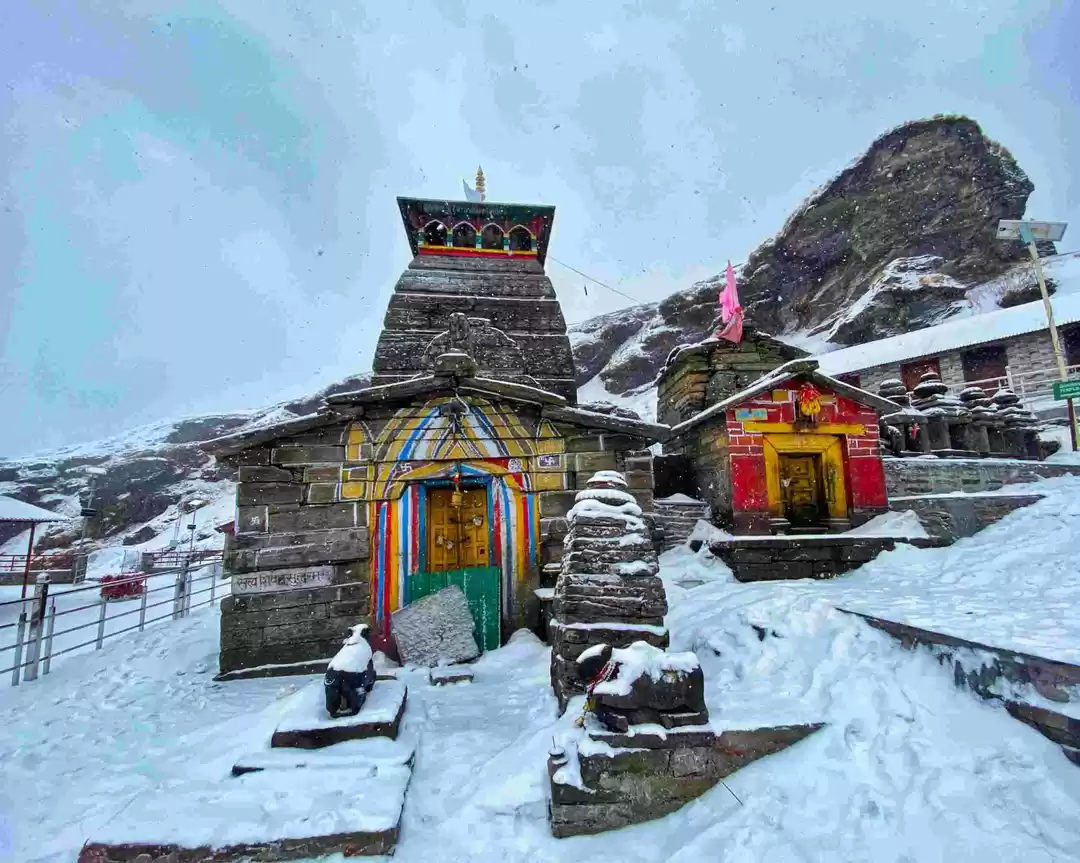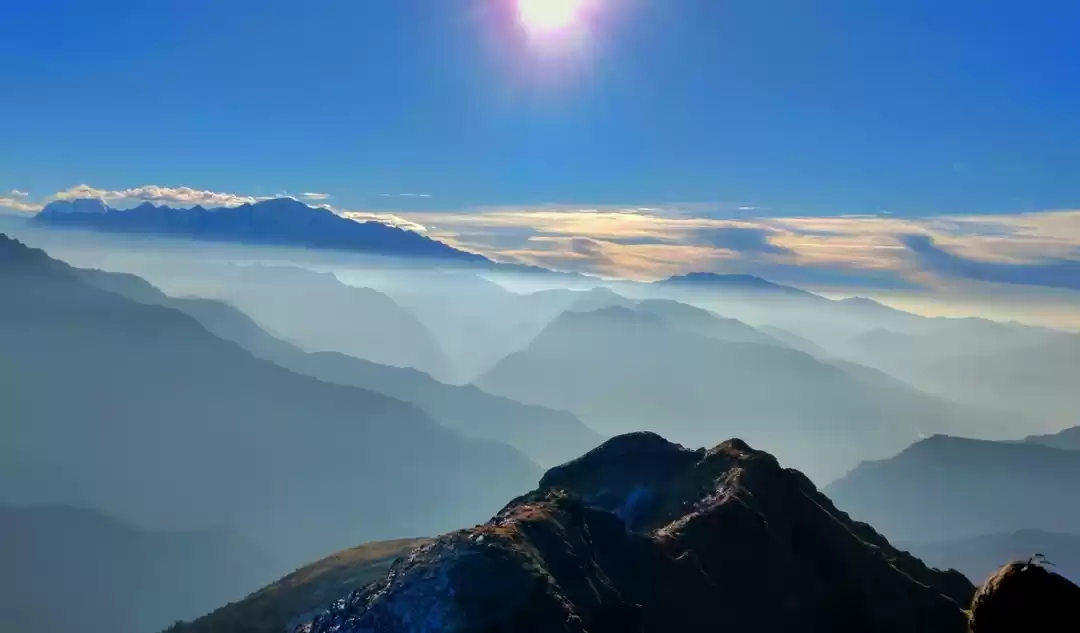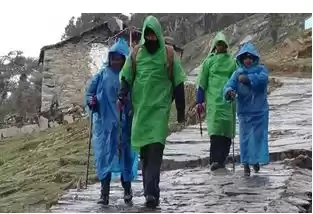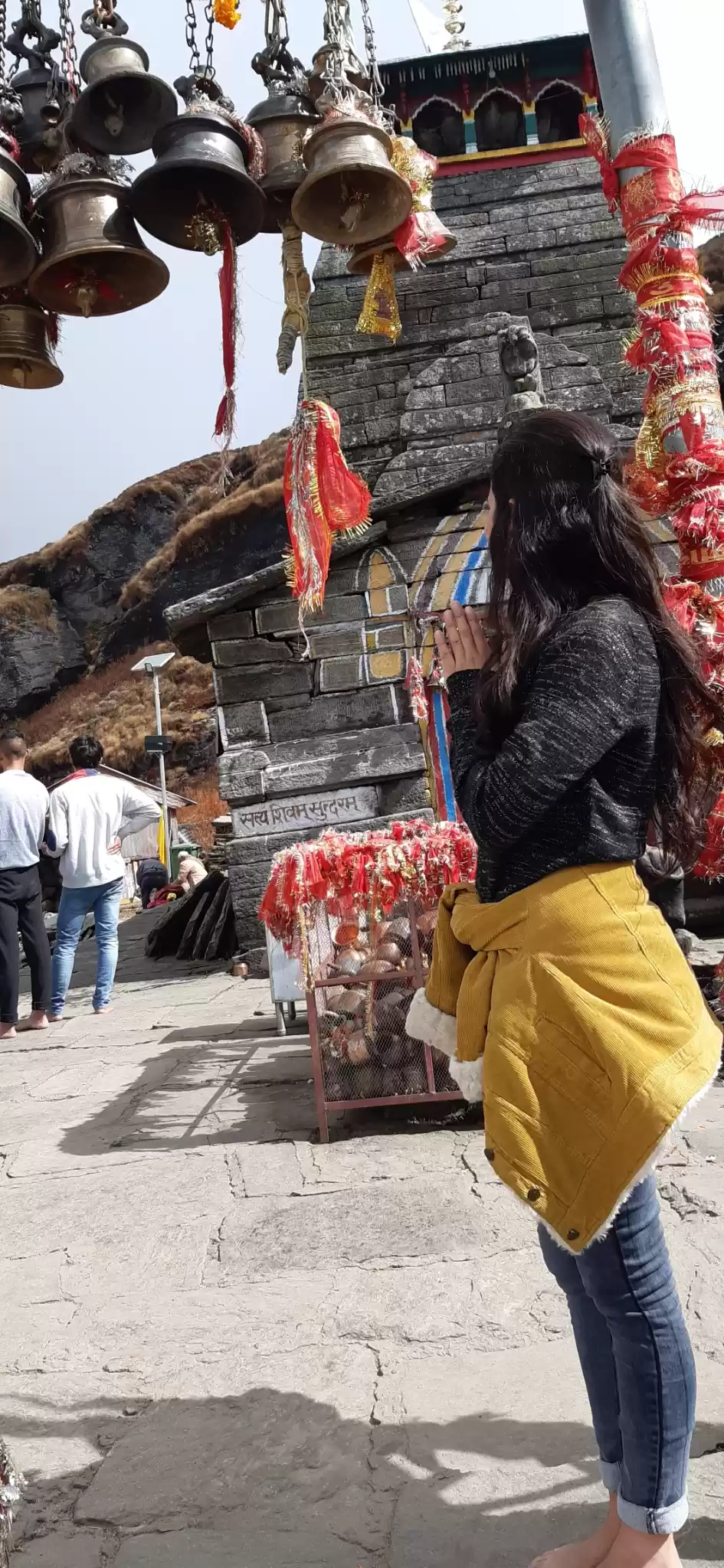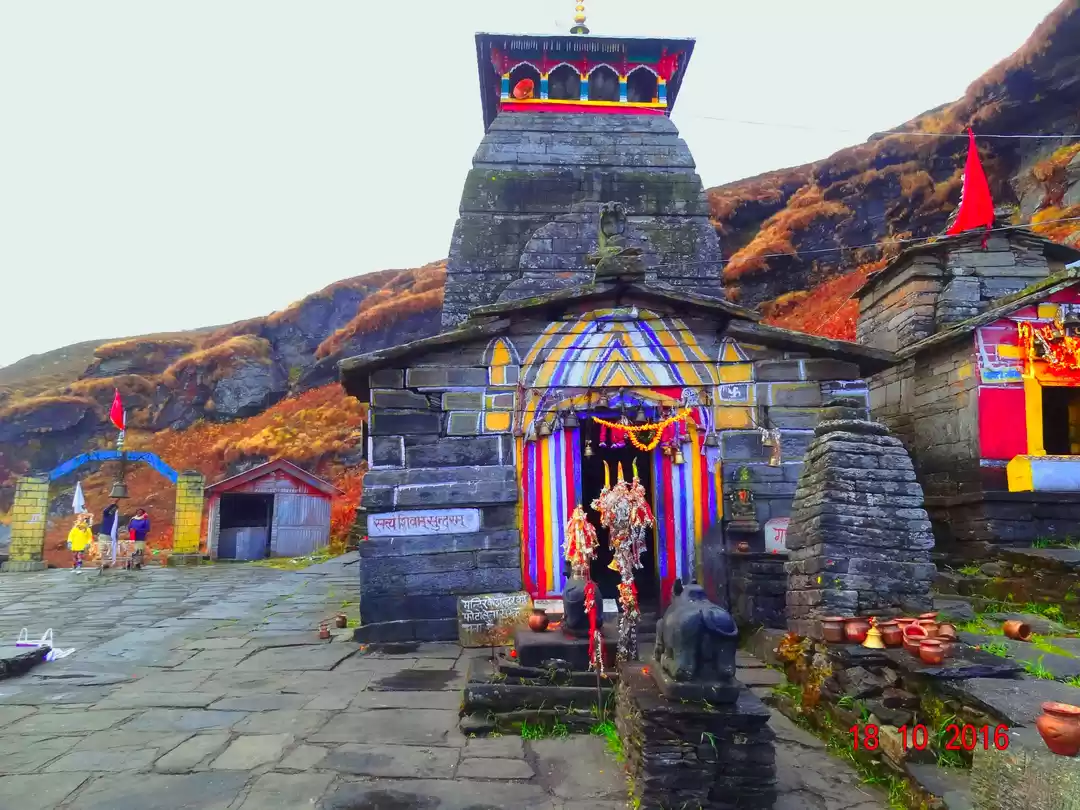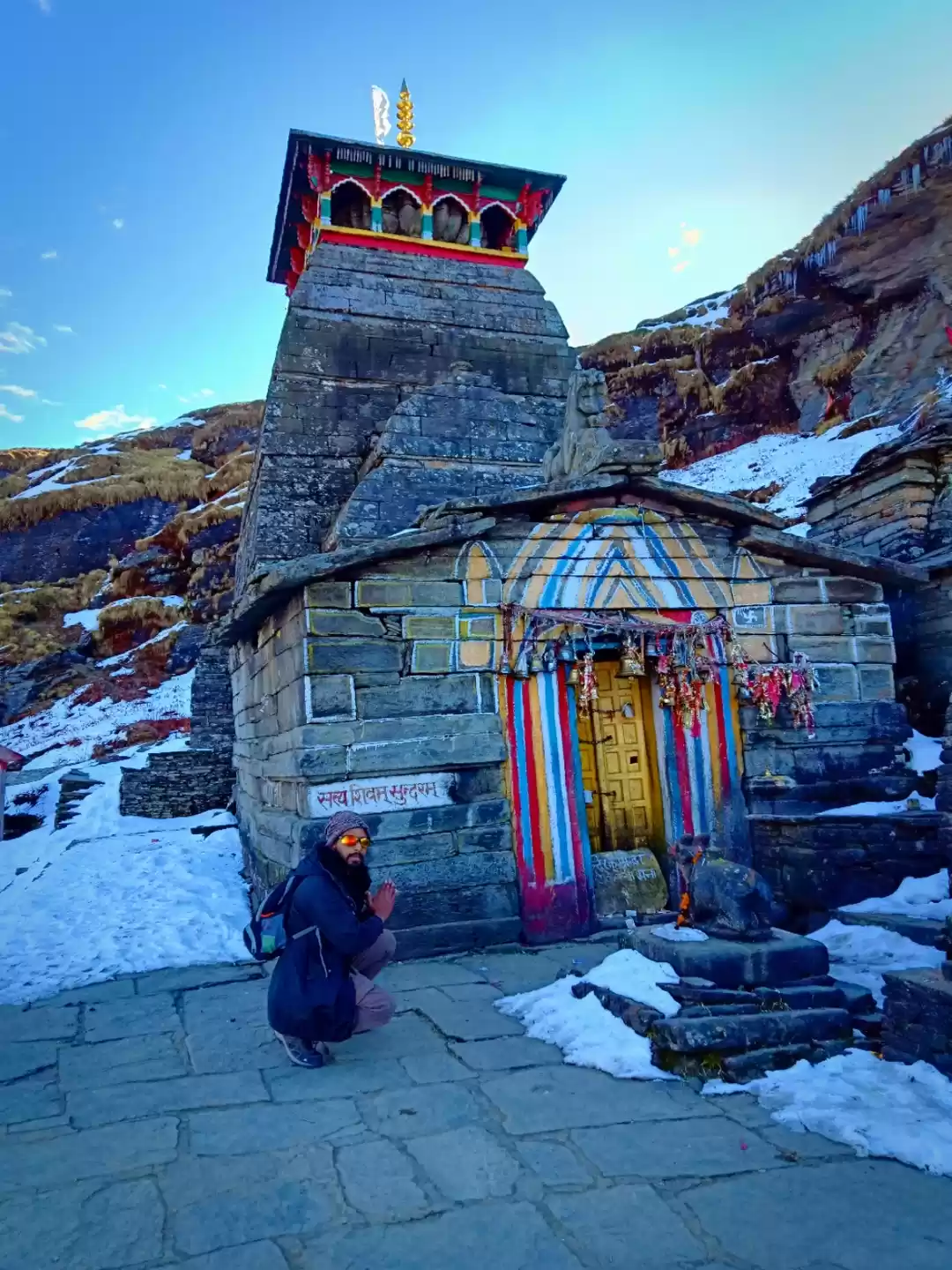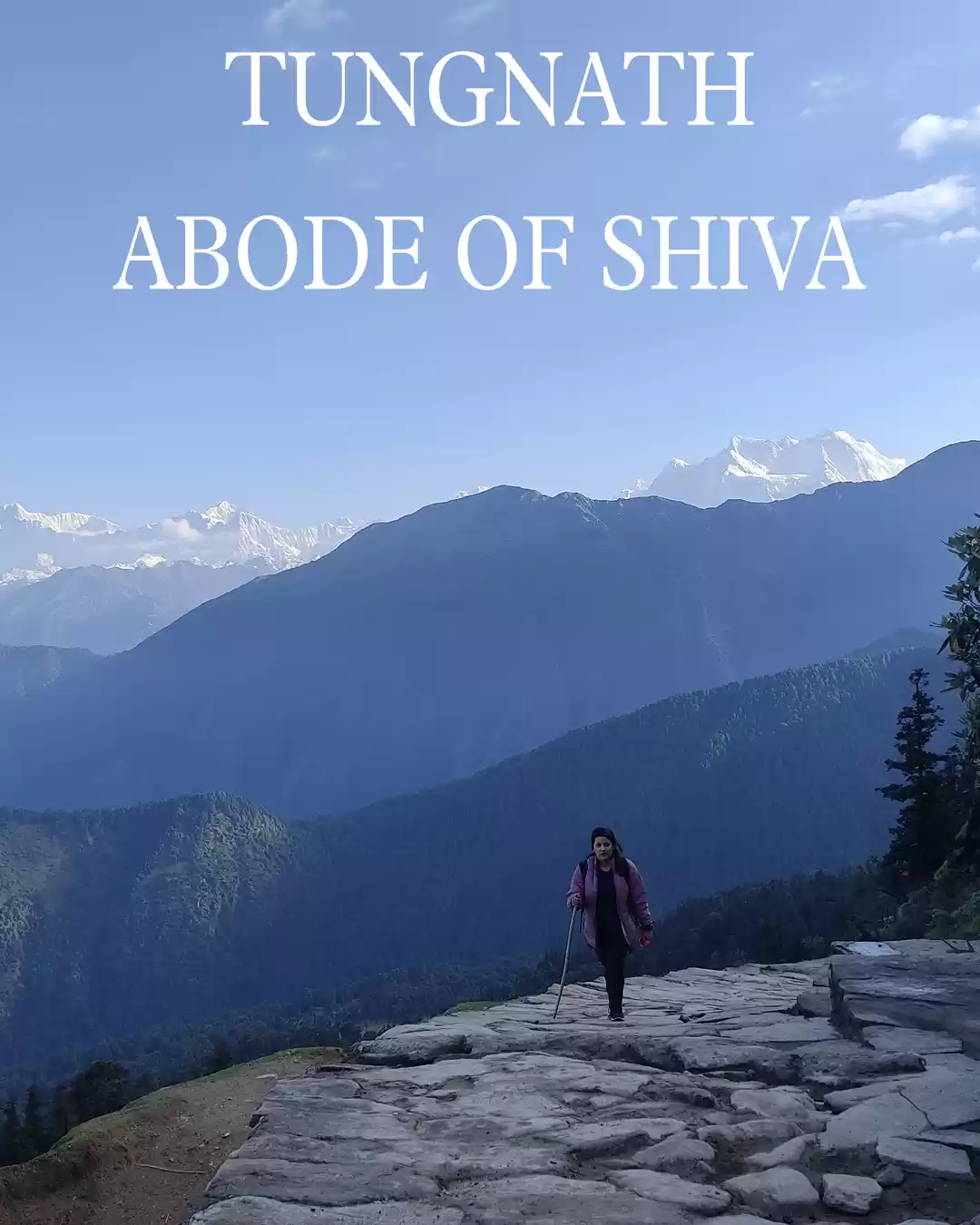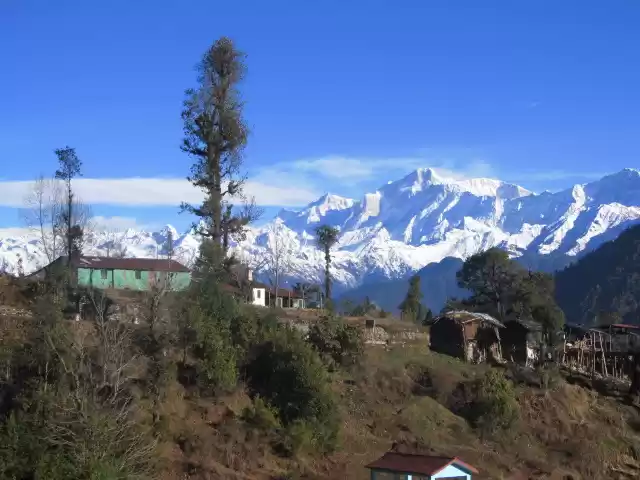Enroute: Shiva’s abode – Uttarakhand
1st – 5th October, 2014
Shakespeare once said “what’s in the name?”
I do not know, how true that is about us humans, but that almost stands correct about the tall mountains that I go to. More or less they are the same terrain, only belonging to different pieces of land. Some are meant to witness sunrises while others are romantic sunset points. So I asked myself again, “what‘s in their name”, whether I go to Badrinath or I go to Kedarnath, I am travelling in the mountains. They create the same landscape of tall, green, rough, cold, difficult lands but with the beautiful rivers, trees, clouds, birds accompanying them all the time. And in no time I realized that these are probably the thoughts of an old man sitting on a couch watching National Geographic Channel on his television and regretting over the thought of never climbing a hill, twice. For him, the grapes are definitely sour.
But for me, the name of the mountain holds a very significant meaning. It’s a mode of interaction to the history of those great mountains where Great Men survived and the stories of Great Lords like Shiva became meaningful.
While exploring them, I meet fellow travelers and the locals who are always excited to meet us; they have the most passionate stories to share. And I believe these experiences and success stories of men conquering the mountains define the culture of each and every mountain.
I had a stronger realization of this thought when I recently visited the mountains in Uttarakhand; Chopta – Tunganath – Chandrashila trail in the Garhwal Himalayas. Chopta, located at a height of 2680 meters, almost 500 kms away from Delhi is very easily accessible by road. The Border Roads Organization has successfully restored the condition of the roads in many parts of Uttarakhand after the calamity that hit the state last year.
A break journey (either at Rishikesh or Rudraprayag) would be advisable to comfortably cover the distance. Although clouds can cover the sky above the mountains at any time of the year, Oct – April is the best time to visit here and expect a clearer view of the valley.
While we drove on the curvillicious roads of the region, we crossed through some dense and intense forests. Chopta lies in the reserved forest of Kedarnath National Park. The road from Ukhimath that leads upwards to Chopta, almost 18 kms away hardly receives any sunlight due to the dense forest cover. The air is cold and we almost penetrated through the clouds.
Chopta also known as the mini Switzerland due to the presence of a lot of Bugiyals (widespread grounds of grass present only on the boundaries and farther away) is still a land of shepherds. With minimum intervention of humans in the reserved forest area, there is no electricity connection also. It is one of the smallest base camps with no more than ten hotels for overnight accommodation. Locals set themselves up for about six months there and move to their villages downhill during the harsh winter months.
I reached Chopta in the evening when the weather was just starting to get cold. I decided not to pull out my winter clothes soon as nights were going to be much colder.
The place was surrounded by green meadows; guarded by the tall standing Kail Woods. There were mountains visible in the far sight. Thick dark clouds overlooked the mountains and golden sunlight penetrated through them and the whole valley was shining.
Animals were grazing in the Bugiyals while the bells tied to their necks went on ringing and dinging. There are found quite a lot of Bengali travelers in Chopta who can be seen wearing their monkey caps joyfully and taking a stroll on the paved yet empty roads. Many had also pitched their two people tents in the Bugiyals sitting outside looking at the orange flares of sun and enjoying the romance in the air. I had arranged my accommodation in a tiny room in Hotel Raj Kamal. From the tiny window, I enjoyed the majestic view while sipping my hot coffee and still tucked in the quilt.
This Himalayan abode fairly shows the traces of Lord Shiva’s residence. Tunganath is at a height of almost 3680 meters. There are ancestral priests who passionately take care of the temple even in the biting cold.
From Chopta I started my 4 kms uphill trekking towards the Tunganath Temple. One of the five Panch Kedars in Uttarakhand this route though the easiest is at the highest altitude amongst all.
The trekking route is quite simple and straight. For an amateur trekker, it is a very good option to start with. Most of the stretches are long instead of steep. Quite a few chai shops on the way make the journey comfortable. The weather is usually quite unpredictable here. When I started on the trail, the cloud cover was quite intense but by the night it was a clear visible sky full of stars.
The customary coffee and Maggi were available in abundance. Deepak bhaiya, a local, running a chai shop there served me with the dinner and allowed a lot of people to sit near the fire. Though it is a small temple, the religious sentiments attached with this place are quite strong and Lord Shiva is worshipped in all capabilities by the locals and tourists.
On the next morning, before the dawn broke, I along with a few other locals trekked to the peak of Chandrashila.
Chandrashila is a typical sunrise mountain peak. In about an hour, I covered a distance of one km and an altitude of almost 500 meters. It is quite a steep distance to cover. I started my climb under a starlit sky, I reached there just before the sunrise. From the top there is a 360 degree view of snow clad peaks. Chaukhamba and Nanda Devi; from where the sun rises are the two most prominent peaks visible. The sun rose in the shade of gold at 6.15 AM which appeared to be the start of a warm day.
After offering my final prayers to Lord Shiva at the Tunganath temple, I headed back to my Base camp, Chopta. The view of the valley was sunlit and clear. I once again thanked Lord Shiva for residing in the beautiful abode of Garhwal Himalayas.
Devariya Taal, a lake, 2kms away from Saari Village in Ukhimath is another beautiful place in the vicinity. But as the Japanese proverb says, ‘whenever you travel, do not visit all the places; leave a few so that there is always a reason to go back’. And this one would surely make for a beautiful reason, to come back to the mountains.
The road to Tunganath is a 125 km deviation from the main route to Kedarnath Yatra. While on road, I rode with some local drivers who narrated the horrific story of the disastrous calamity that had hit Kedarnath last year. Though life appears to be quite normal now, the impressions of the calamity have lasted for quite a long time and not many pilgrims were found to be visiting the shrine.
With this very travel, it occurred to me several times how each mountain narrates a unique story. The force that made you climb this one might not exist on the other one, and what might exist on the other one was till now an unknown mystery. An experience in the Himalayas is initially a challenge put forth which is faced amidst some of the most beautiful sceneries on this planet.




